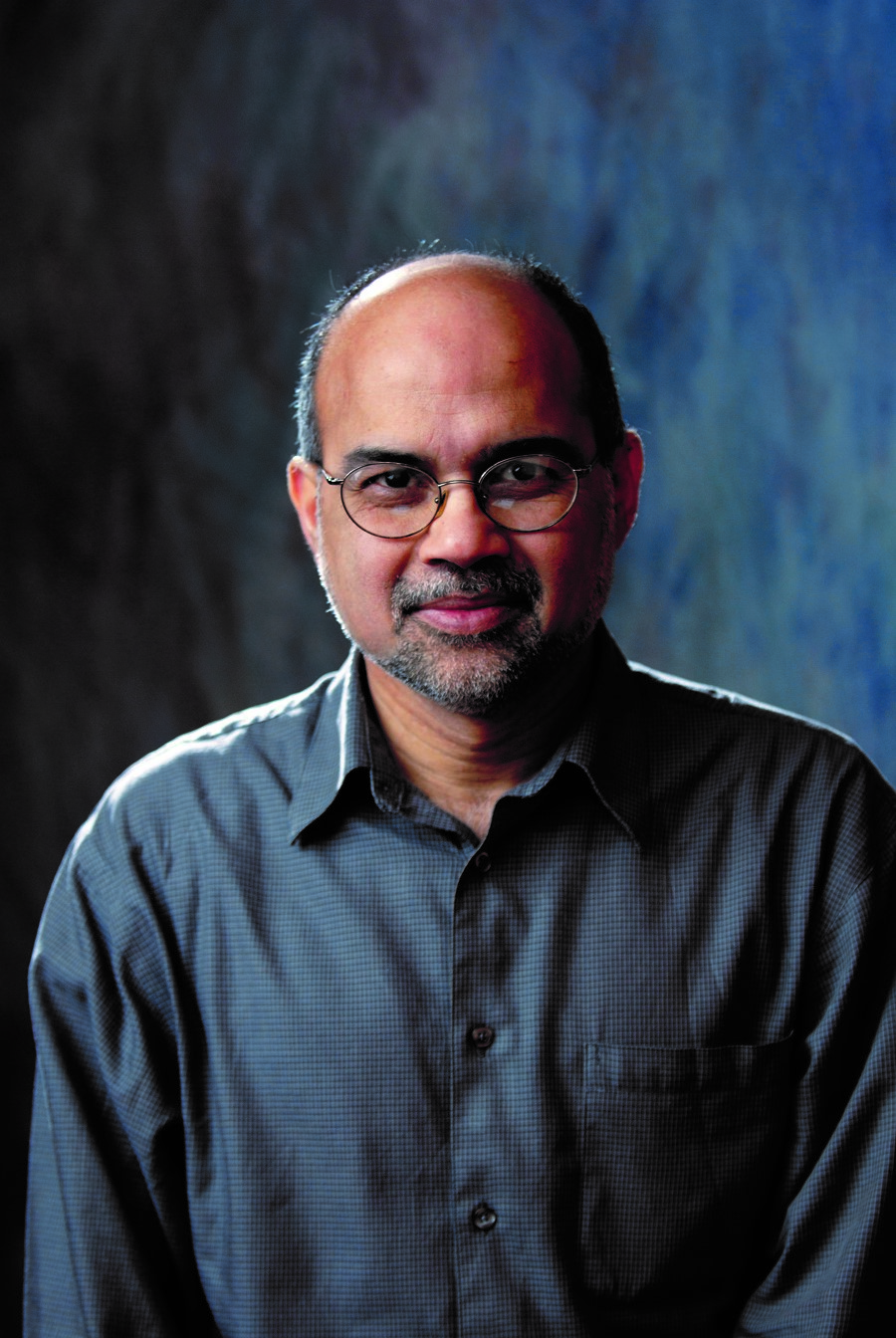 Rizwan Uddin
Rizwan Uddin
Department of Nuclear, Plasma, and Radiological Engineering
University of Illinois at Urbana-Champaign
rizwan@illinois.edu
Recent developments in human-computer interface technologies have allowed quick development of 3D virtual models to simulate interactive training environments using game-engine platforms [1]. We propose to develop, test, and employ 3D, interactive, multi-player games simulating various environments for effective education and training of health care personnel. Our recent work along those lines has focused on the development of 3D interactive models of labs and control rooms in addition to large-scale facilities such as power plants. In addition to significantly increasing the time available for training, these virtual models have the potential to reduce the cost of education and training. The primary resource for the development of these virtual models is a game engine. The development process consists of three major parts: 3D environment modeling; event scripting; and user interaction. A 3D model of a reactor has been reported earlier [2].
The presentation will be primarily a live demonstration of the various models, and the interactive features built in them. A discussion of how these features can be fruitfully employed in models of say, a hospital, will follow. Models include 1) A chemistry lab used to train and test students on safety; 2) an experiment in a virtual radiation lab, to demonstrate interactive features such as the control panel, data display, etc.; and 3) a control room of a research reactor with a virtual control panel. The buttons and knobs of the control panel in the reactor model are interactively controllable. Operator actions are then converted into updated parameter values, and the physics model then updates the state of the reactor. Additionally, the digital displays can show the current reactor power level and other variables in real-time. Replacement of the reactor with a “patient,” and the physics model with a simulated-patient response model, will lead to a preliminary training model for health personnel.
References
- Haddish, Y. Li and Rizwan-uddin, “Fully Interactive Virtual Labs for Training and Education,” in Proc. of ANS CONTE Meeting, pp. 20-21, 2013.
- Dixon, S. Markidis, C. Lou, J. Reynolds, and Rizwan-uddin, “Three Dimensional, Virtual, Game-Like Environments for Education and Training,” in Proc. of ANS, p. 97, 2007.
Rizwan Uddin is a Professor in the Department of Nuclear, Plasma, and Radiological Engineering (NPRE) at the University of Illinois at Urbana-Champaign. He is a fellow of the American Nuclear Society. His areas of interest include advanced computational methods, theoretical and CFD, radiation transport and reactor physics, reactor engineering, multiphase flow, reliability and risk analysis, virtual reactor simulation, and education and training tools.